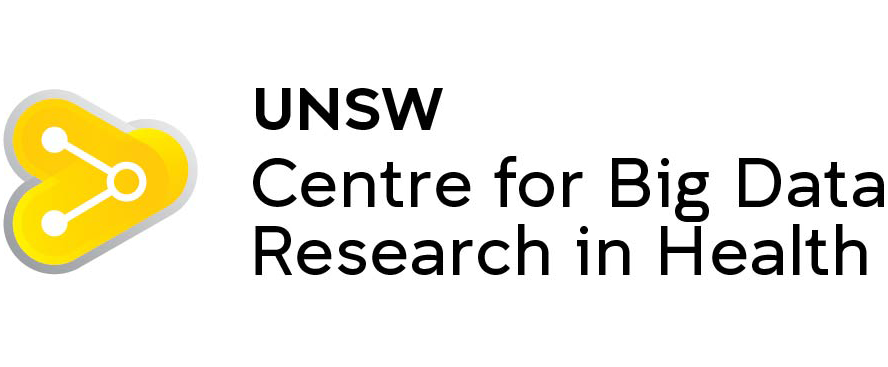Musculoskeletal

Using big data to prevent back pain and other musculoskeletal conditions
At the Centre for Big Data Research in Health (CBDRH), we address musculoskeletal conditions including osteoarthritis and back pain. These affect around 30 per cent of Australians and are a leading cause of ill health and disability.
Our research in musculoskeletal conditions uses multiple sources of big data, including hospital, Medicare and pharmaceutical records to tackle questions including:
How common are infections following joint replacement procedures?
Do outcomes of hip replacement vary according to the surgical approach used?
How do pathways of care and outcomes for joint replacement surgery vary between urban and rural patients?
What are the trends in surgery for back pain, and how do these vary according to source of funding?



